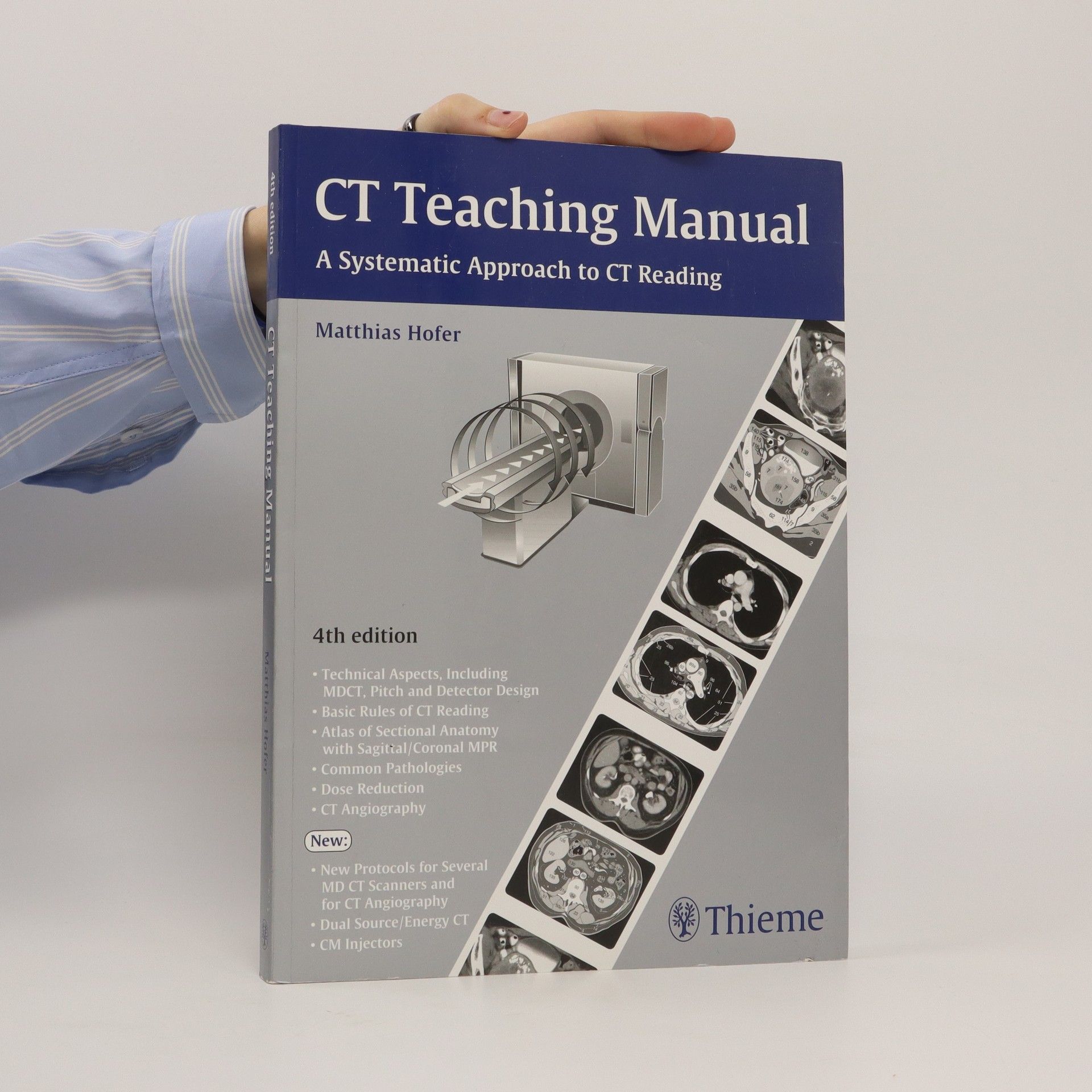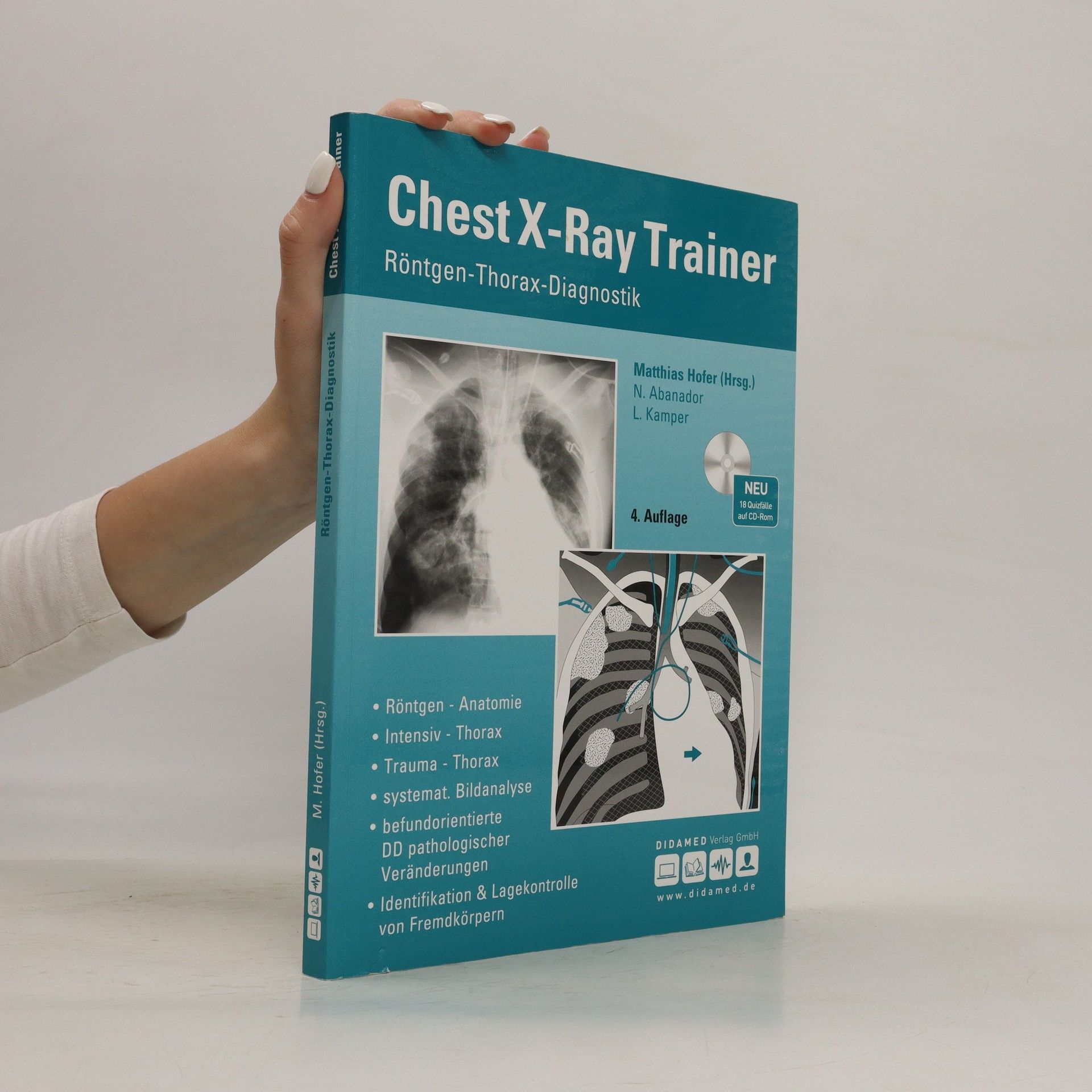CT teaching manual
- 224pages
- 8 heures de lecture
Ideal for residents starting in radiology and radiologic technologists, this concise manual is the perfect introduction to the physics and practice of CT and the interpretation of basic CT images. Designed as a systematic learning tool, it introduces the use of CT scanners for all organs, and includes positioning, use of contrast media, representative CT scans of normal and pathological findings, explanatory drawings with keyed anatomic structures, and an overview of the most important measurement data. Finally, self-assessment quizzes - including answers - at the end of each chapter help the reader monitor progress and evaluate knowledge gained. New in this fourth edition: - Updated examination protocols for multidetector CT and CT angiography - An extended chapter on dual source CT - A new chapter on contrast injectors






